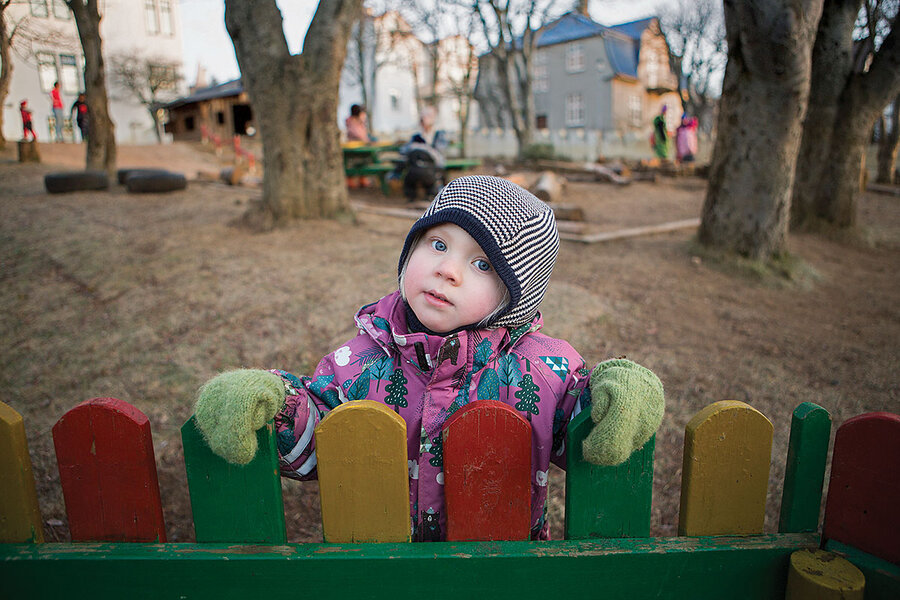The long and winding road to progress
Loading...
These days progress can be a loaded word. One dictionary definition tries to walk an impartial line: “advance or development toward a better, more complete, or more modern condition.” But even there, the opportunity for opinion lurks. Who decides what’s “better”? In other words, progress according to whom?
It’s a natural question. In some cases, it’s not too hard to answer. Our own “Points of Progress” franchise aims to look at those places where progress is pretty obvious from any perspective, whether it’s a country’s improvement in feeding its people or expanding economic opportunity.
But this week’s cover story, written by staff writer Sara Miller Llana with contributions from others around the world, is a different kind of progress story. It delves into the kind of progress that is harder to define yet no less important.
It is a story about programs taking shape in schools around the world to try to teach gender equality from the youngest ages. A feel-good story, perhaps, but if it had stopped there, the story would have been subject to that same nagging question: Whose progress?
Some of these programs, after all, are not without controversy. Is it unquestionably true that having 5-year-old girls make war whoops in class, as happens in one Icelandic preschool, will bolster their sense of esteem? Or how about having preschool boys hug to redefine masculinity?
The fact is, the solutions to entrenched problems are almost never obvious or easy. So it’s no wonder that potential solutions aren’t one-size-fits-all. In a survey of human history, it would be difficult to find a more entrenched problem than gender inequality and sexual abuse. Finding answers will surely involve no small amount of trial and error.
Yet in that longer view, a different view of progress emerges. Progress isn’t just about using the best information to gauge whether a program “works.” The strongest currents of progress are less measurable.
The real need, Sara writes, is in learning “to recognize and counteract old patterns of thinking.” That, she says, is how behaviors change.
Inevitably, programs will be misguided or flawed. Some will succeed, and some will fail. But in charting the evolving “patterns of thinking” behind a program – and in society – you get a truer gauge of progress.
Nothing changes until the thought behind it changes, and Sara’s story is a chart of progress because it is a chart of the mounting breadth of the mental rebellion against the idea that gender inequality and abuse are baked into the species.
How this takes shape as solutions is for each country and community to decide. But that deeper mental impetus, stoked by the #MeToo movement from Israel to Wisconsin and highlighted in Sara’s report, is the very essence of progress.
Progress is never really about taking sides. It is about recognizing where humans are pushing to expand a sense of justice or compassion or hope. That path might not always be straight, but it is reliably upward.








